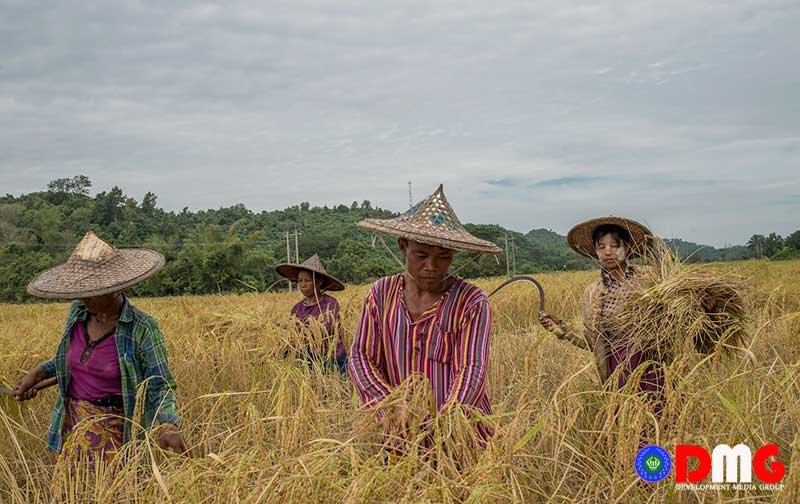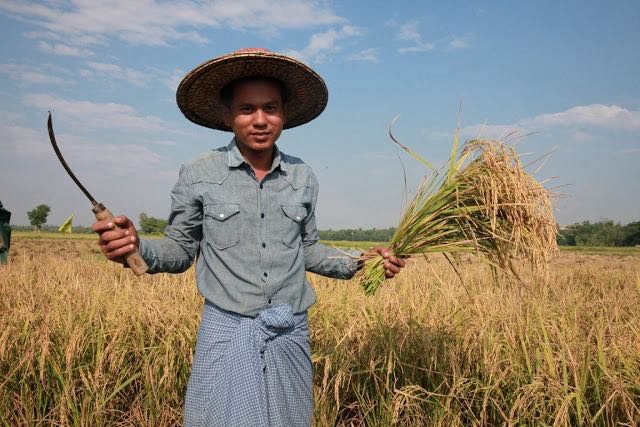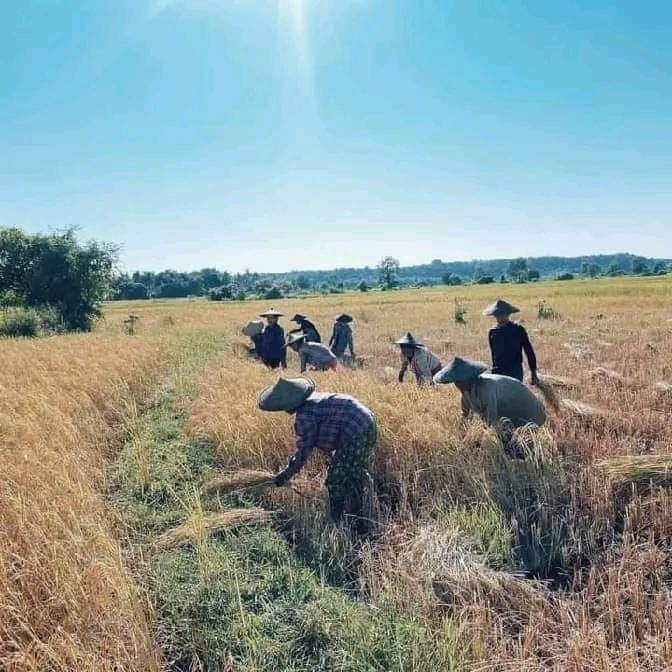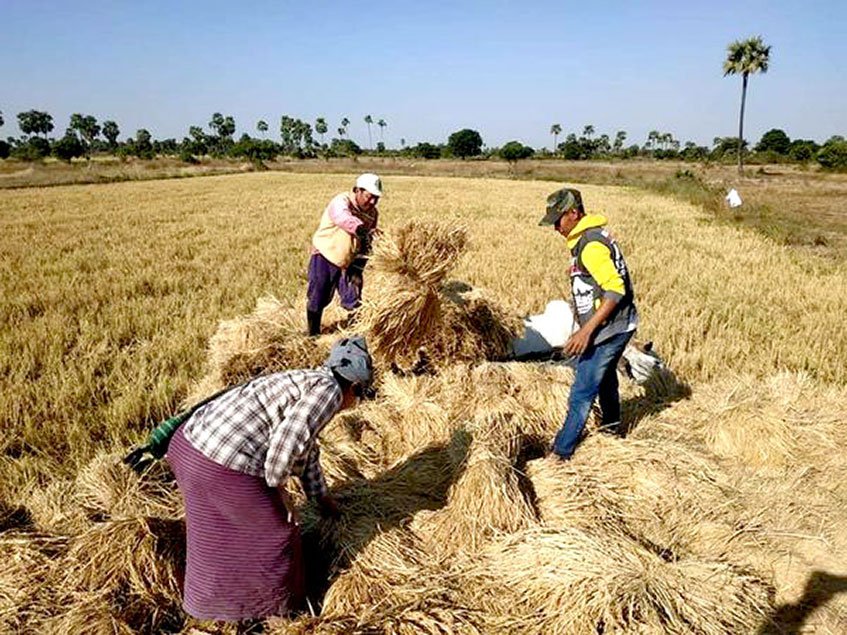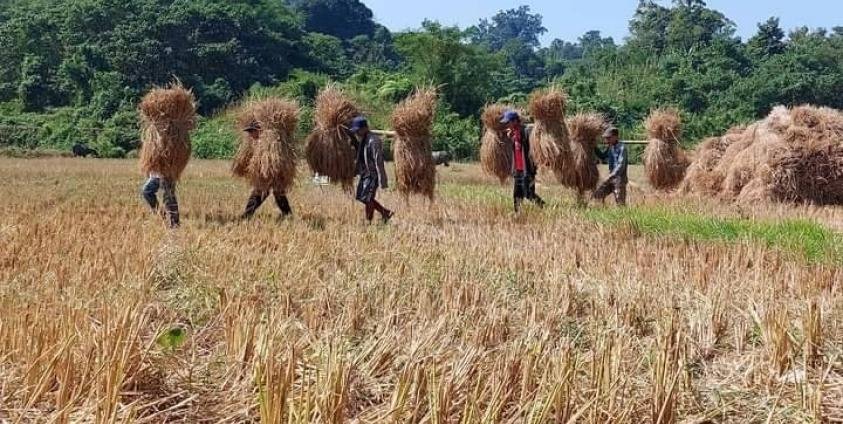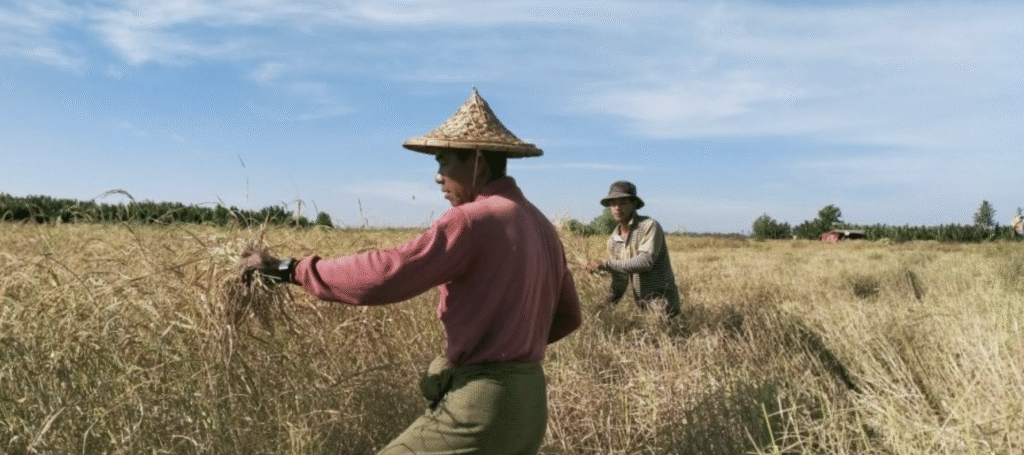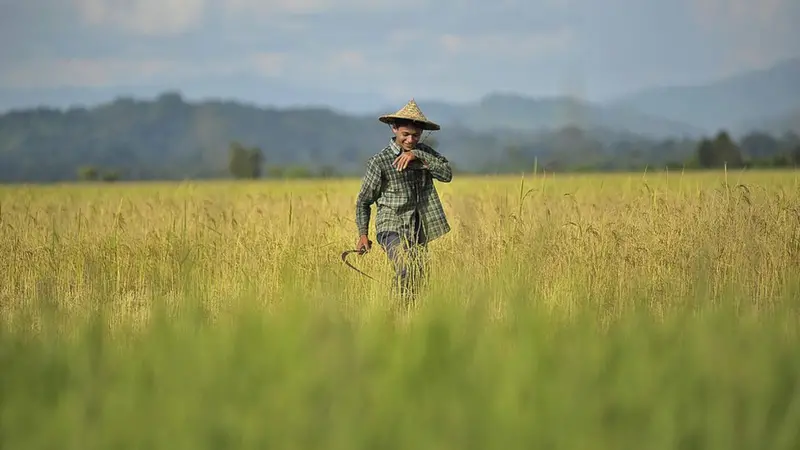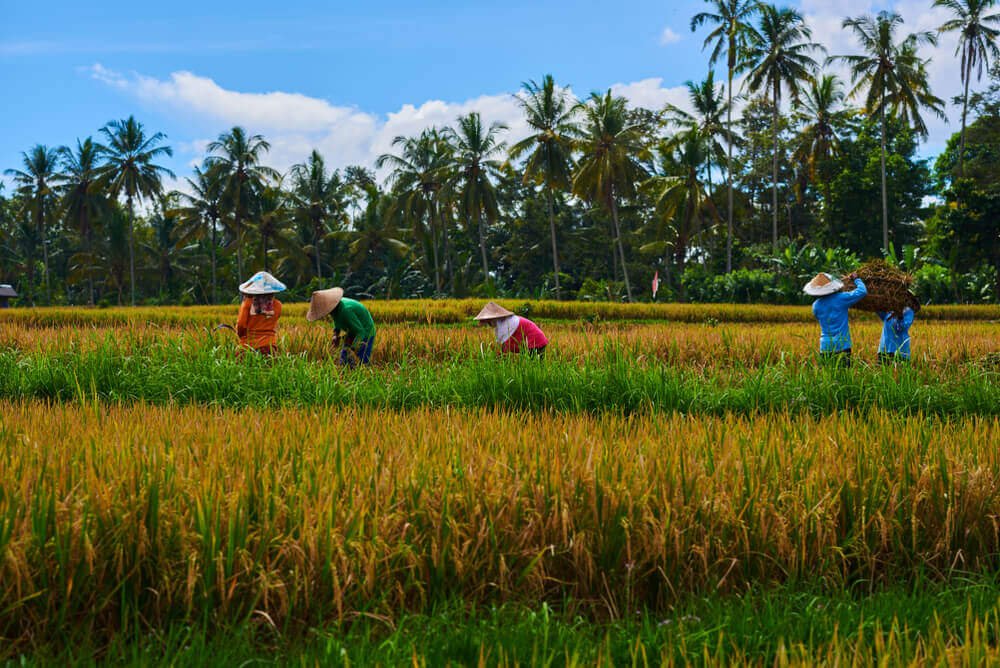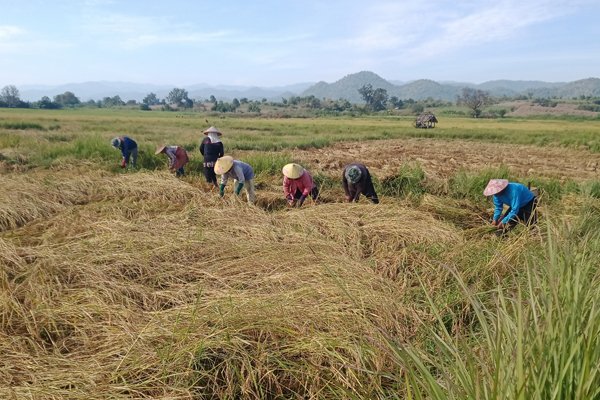Mon Tradition Rice Harvesting
For the Mon people, rice harvesting is a vital seasonal tradition that usually takes place between November and December, when the rice crops are fully matured. This important phase of the farming cycle is carried out using traditional, time-honored methods that have been passed down through generations. Farmers use a sickle to cut the rice stalks by hand, a process that is both labor-intensive and skillful. Unlike modern mechanized harvesting, the Mon approach emphasizes manual labor and teamwork. Family members, neighbors, and even entire communities often join together in the rice fields to help one another. This not only makes the work more efficient but also strengthens social bonds within the village. After the rice is harvested, it is carefully dried under the sun to preserve its quality. Once dry, the rice is threshed, usually by hand or by foot, to separate the grains from the stalks. The grains are then stored in traditional rice barns made from bamboo or wood. Beyond its agricultural purpose, rice harvesting holds cultural and spiritual meaning for the Mon people. It symbolizes the reward of hard work, respect for nature, and gratitude for the harvest. In some villages, small ceremonies are held to give thanks for a successful season.
Harvesting Process
• Hand Harvesting: Farmers enter the rice fields and cut each stalk by hand using sickles.
• Community Effort: Harvesting is often done in groups, with family members and neighbors helping one another.
• Drying: After harvesting, the rice is spread under the sun to dry properly.
• Threshing and Storage: Once dried, the rice is threshed—either by beating or foot trampling—to separate the grain from the stalk. The grain is then stored in traditional rice barns.
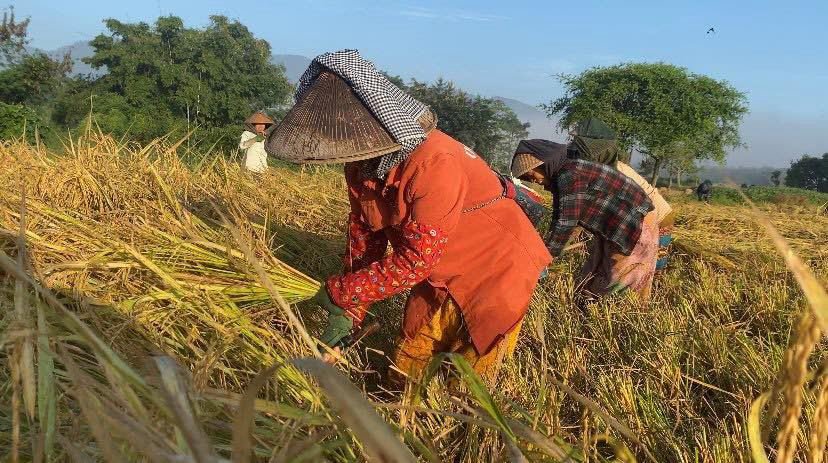
Culture Significance
Traditional Mon rice harvesting is a meaningful process that combines skilled farming techniques, respect for nature, and strong cultural traditions. Using simple tools like sickles, farmers harvest by hand with the help of family and community members. This method reflects their deep connection to the land and seasonal rhythms. Despite modern changes, many Mon farmers continue to uphold these time-honored practices, not only for their effectiveness but also to preserve their cultural identity and maintain harmony with the environment.
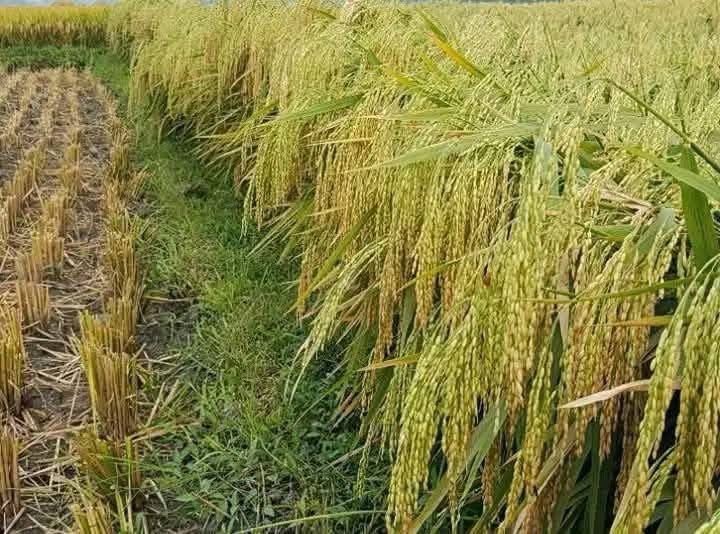
Gallery Activity
